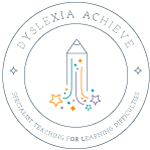Personalised learning, individualised instruction, personal learning environment and direct instruction all refer to efforts to tailor education to meet the different needs of students
Personalised learning allows students to express their curiosity and put forth their best work using tools and strategies that highlight their abilities rather than illuminate their disabilities.

